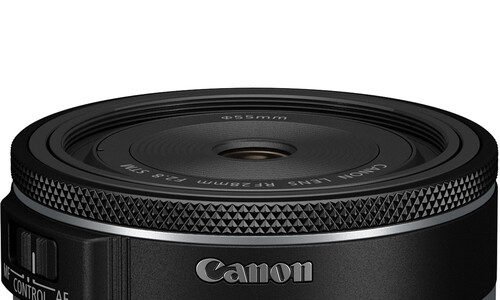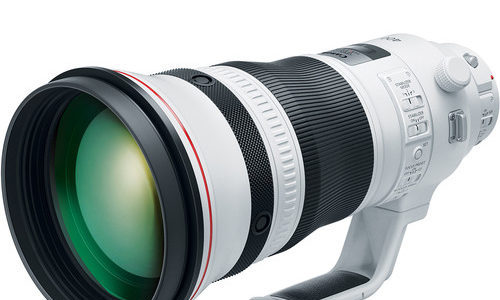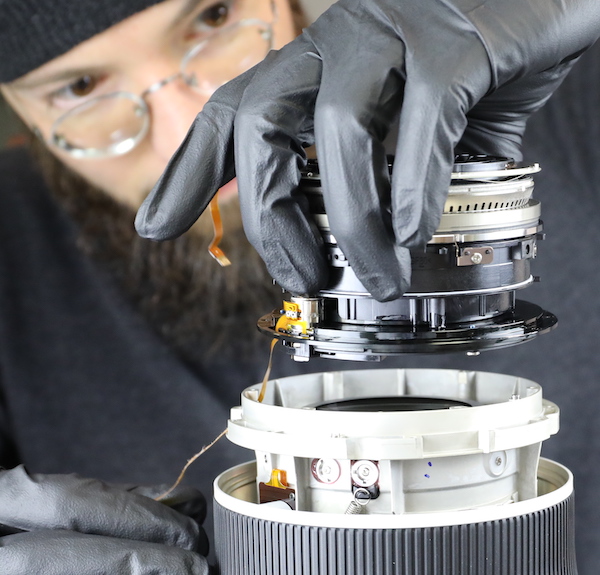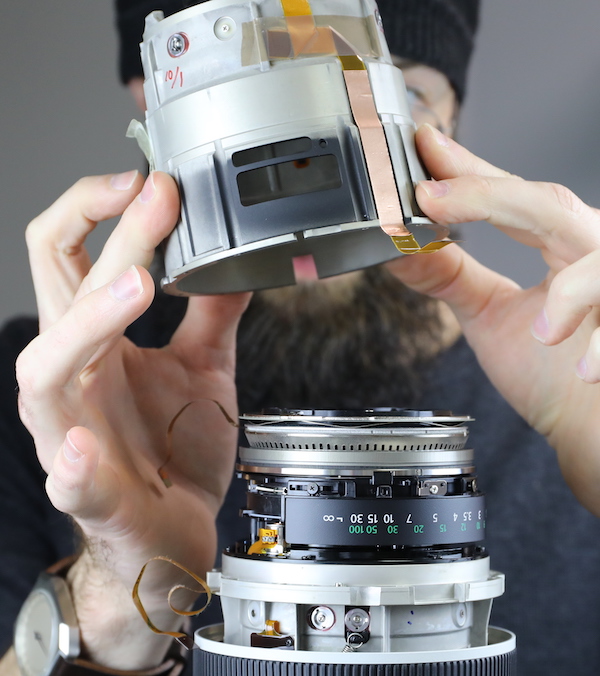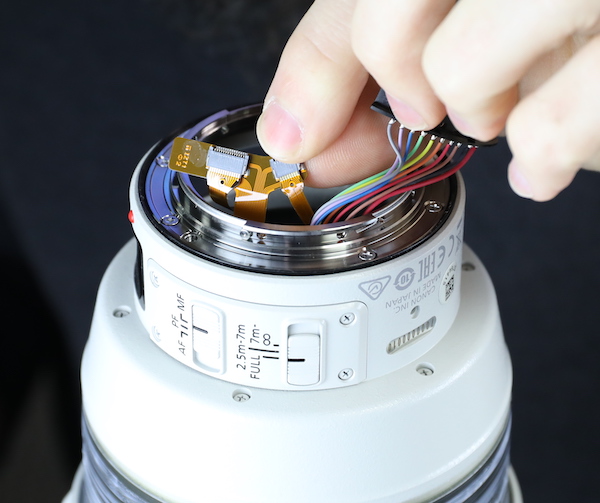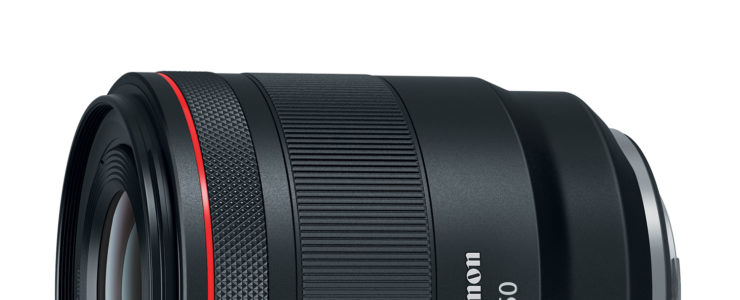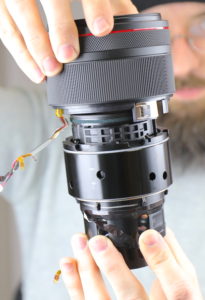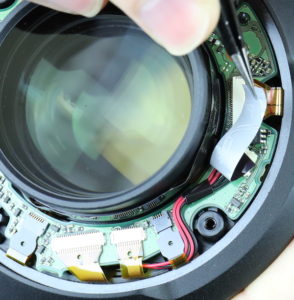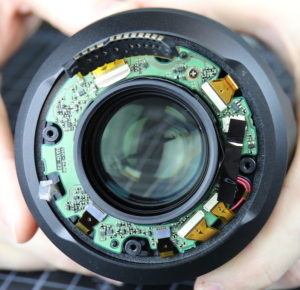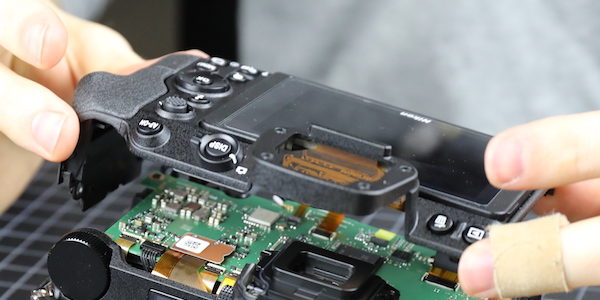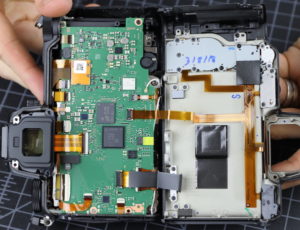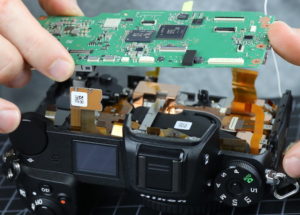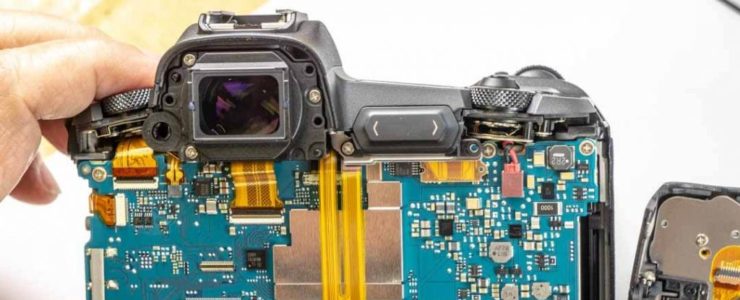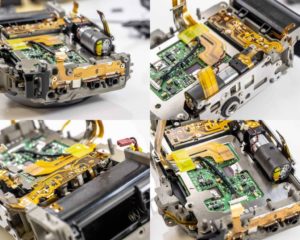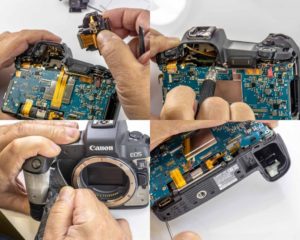What’s Inside A Canon Lens? Here Is A Full RF 28mm f/2.8 STM Teardown
That’s a truly interesting video we are featuring here today. The teardown of the recently released Canon RF 28mm f/2.8 STM pancake lens.
RF 28mm f/2.8 STM at a glance ($299):
- Full-Frame | f/2.8 to f/22
- Classic Wide-Angle Prime
- Gear-Type STM AF Motor
- Super Spectra Coating
- Three Aspherical Elements
- Customizable Control Ring
- AF/MF Control Switch
- Full-Time Manual Focus Capability
- Rounded 7-Blade Diaphragm
Gordon Laing got the unique chance by Canon itself to tear down their recently released RF 28mm f/2.8 STM lens. Says Mr. Laing:
Find out what’s inside one of Canon’s latest lenses in this teardown! In a rare behind the scenes opportunity, Canon invited me to film the disassembly of a brand new lens and explain what’s behind each of the major parts. If you’re interested in how lenses work and modern optical design, you’ll enjoy this video even if you own a different system! Filmed in 4k with a pair of Canon EOS R6 II bodies, fitted with RF 70-200 f4L and RF 100mm f2.8L Macro lenses.
And here is the teardown video.Enjoy.
Canon RF 28mm f/2.8 STM:
America: B&H Photo, Adorama, Amazon USA, Amazon Canada, Canon Canada, Canon USA
Europe & UK: Amazon DE, Amazon UK, Amazon IT, Canon IT, WEX Photographic, Canon FR, Canon UK, Canon DE
We featured other lens and camera teardowns in the past, they are listed here.

